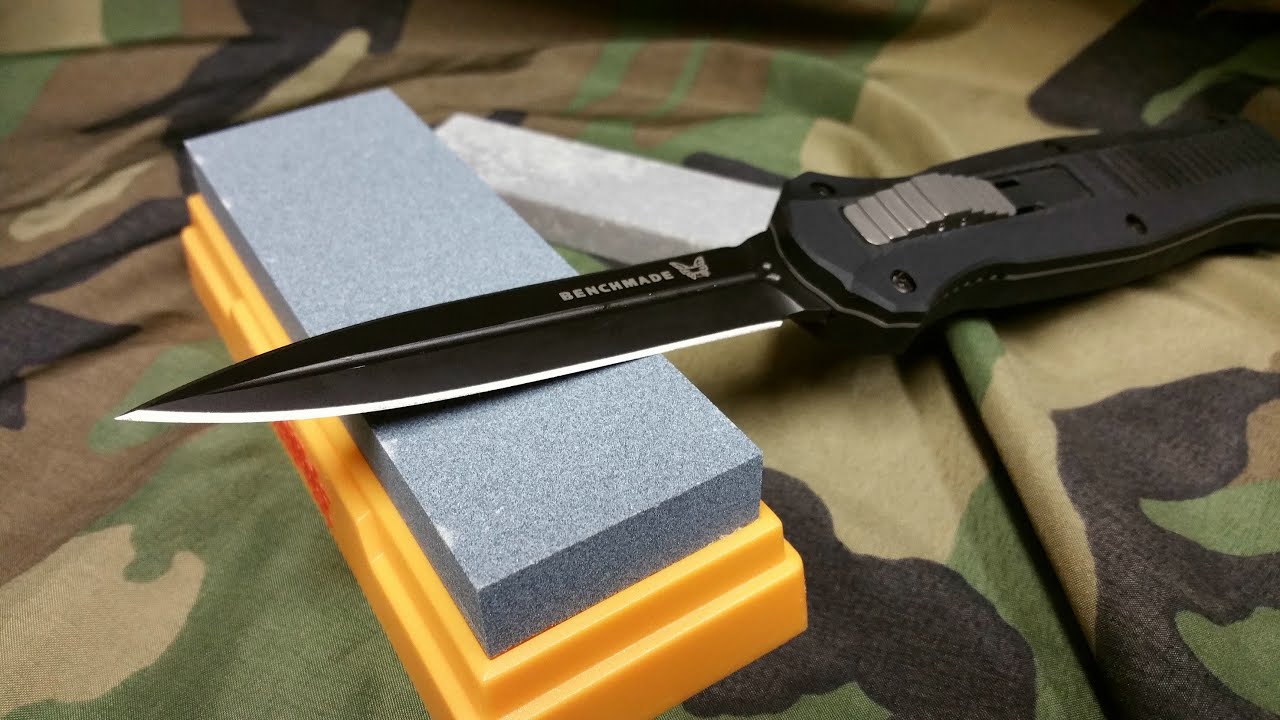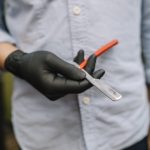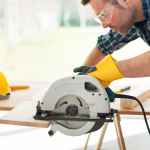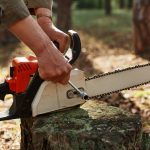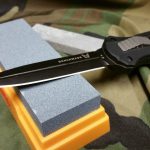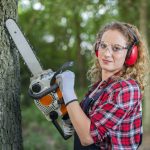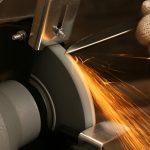Introduction: A Sharp Focus on Safety
Knife enthusiasts, outdoor adventurers, and everyday users alike are paying renewed attention to sharpening folding knives. With the rise of DIY culture and growing demand for reliable everyday carry (EDC) tools, safe sharpening has become a trending topic in recent news feeds.
A folding knife is compact, versatile, and convenient but only when its edge is properly maintained. Dull knives not only make tasks frustrating, they also dramatically increase the risk of injury. That’s why experts stress the importance of learning safe methods or turning to professional sharpening services for help.
In this article, we’ll explore the latest and most effective methods for sharpening folding knives safely, highlight common mistakes, and share insights from professionals like The Point Sharpening, a Virginia-based company trusted for its craftsmanship.
Why Sharpening Folding Knives Matters
Every knife owner knows the disappointment of pulling out a folding knife only to find it struggling to cut rope, cardboard, or even fruit. But this isn’t just an inconvenience it’s a safety issue. Dull blades require more pressure, making slips far more likely.
Current data from safety reports show that knife-related injuries in households often involve dull edges rather than sharp ones. That’s why more people are searching online for sharpening folding knives tips and services.
Much like maintaining a car with regular oil changes, keeping a knife sharp is essential for longevity and performance. Neglecting blade care shortens the lifespan of your knife and compromises its effectiveness.
Tools You’ll Need for Sharpening Folding Knives
Before diving into techniques, it’s important to know the right tools:
- Sharpening Stones (Whetstones) – Available in coarse, medium, and fine grit for progressive sharpening.
- Diamond Stones – Durable and efficient for harder steels.
- Ceramic Rods – Ideal for touch-ups and edge refinement.
- Honing Steels – Keeps the edge aligned between sharpenings.
- Guided Sharpening Systems – Maintain consistent angles for beginners.
- Lubricants (Water or Oil) – Reduce friction and protect sharpening stones.
These tools are the foundation of sharp edge maintenance, a core topic professionals emphasize when educating clients about knife care.
Step-by-Step Guide: Sharpening Folding Knives Safely
Step 1: Preparation is Key
Before sharpening, clean your knife thoroughly. Remove debris, oils, and rust. Secure the blade in the open position so it won’t fold unexpectedly.
Step 2: Find the Right Angle
Most folding knives perform best at 15–20 degrees. A smaller angle (closer to 15°) gives a razor edge, while a larger angle (near 20°) provides durability.
Step 3: Start with Coarse Grit
Use a coarse stone (200–600 grit) to reprofile the edge. Move the blade in smooth, controlled strokes from heel to tip.
Step 4: Refine with Medium and Fine Grits
Switch to medium (1000–2000 grit) and then fine (3000+) stones to polish the edge. Keep your strokes consistent.
Step 5: Hone the Edge
Use a ceramic rod or leather strop to remove burrs and finish with razor-sharp precision.
Step 6: Safety Testing
Test sharpness by slicing paper—not your finger. Safe testing methods prevent accidents.
Professional Sharpening Services: When to Call in the Experts
While DIY sharpening is rewarding, not everyone has the time or skill. That’s why many knife owners turn to professional sharpening services like The Point Sharpening.
Why Go Pro?
- Consistency: Experts use precision tools for factory-quality results.
- Efficiency: Blades are sharpened faster and more effectively.
- Safety: Professionals reduce the risk of damaging expensive knives.
- Versatility: From chef knives to shears and saw blades, they handle it all.
This mirrors a trend seen across industries—consumers increasingly value expert care over risky DIY methods.
Sharpening Folding Knives: Common Mistakes to Avoid
- Using the wrong angle.
- Applying too much pressure.
- Skipping grit stages.
- Not cleaning the stone.
- Sharpening distracted or in poor lighting.
These errors not only ruin blades but also put safety at risk.
Sharp Edge Maintenance: Keeping Knives Ready
Sharpening isn’t the end of the journey. Maintenance ensures long-lasting performance.
- Hone Regularly: Quick touch-ups extend time between sharpenings.
- Store Safely: Use cases or knife rolls to prevent edge damage.
- Avoid Hard Surfaces: Cutting on stone, glass, or metal ruins edges.
- Keep Dry: Folding knives are prone to rust; dry them thoroughly after use.
Industry News: Growing Demand for Knife Sharpening
According to recent reports, searches for “how to sharpen folding knives” have surged in 2025, reflecting a wider cultural trend: people investing more in their tools and learning to maintain them.
Local businesses like The Point Sharpening are seeing increased demand, not just from restaurants and contractors, but also from home users seeking reliable care. Just as eco-friendly cleaning and repair services are growing, knife sharpening is gaining renewed attention as a sustainable alternative to replacing tools.
FAQs
Q1: How often should I sharpen my folding knife?
Light use may only need sharpening every few months. Heavy use (camping, work tasks) may require monthly attention. Honing should be done weekly.
Q2: Can I sharpen serrated folding knives?
Yes, but they require special tapered rods. For most users, professional services are the safer choice.
Q3: What’s the difference between honing and sharpening?
Honing realigns the edge without removing steel; sharpening reshapes the edge by grinding. Both are vital for sharp edge maintenance.
Q4: Is it worth paying for professional sharpening services?
Absolutely—especially for high-quality knives. Professionals restore blades to factory sharpness or better, often prolonging their lifespan.
Q5: What angle should I use for sharpening folding knives?
Between 15–20 degrees depending on whether you prioritize sharpness or durability.
Conclusion: Safety and Sharpness Go Hand in Hand
Sharpening folding knives is both a practical skill and a safety measure. With the right tools, steady hands, and proper technique, anyone can keep their knife razor-sharp. But for those who prefer peace of mind, professional sharpening services ensure blades are sharpened safely and effectively.
Much like other essential maintenance whether it’s car servicing, home care, or tool upkeep—regular sharp edge maintenance keeps your folding knives ready for any task.
As the latest industry news suggests, the demand for sharpening isn’t slowing down. People are investing in their tools—and with the right approach, your folding knife will serve you well for years to come.

